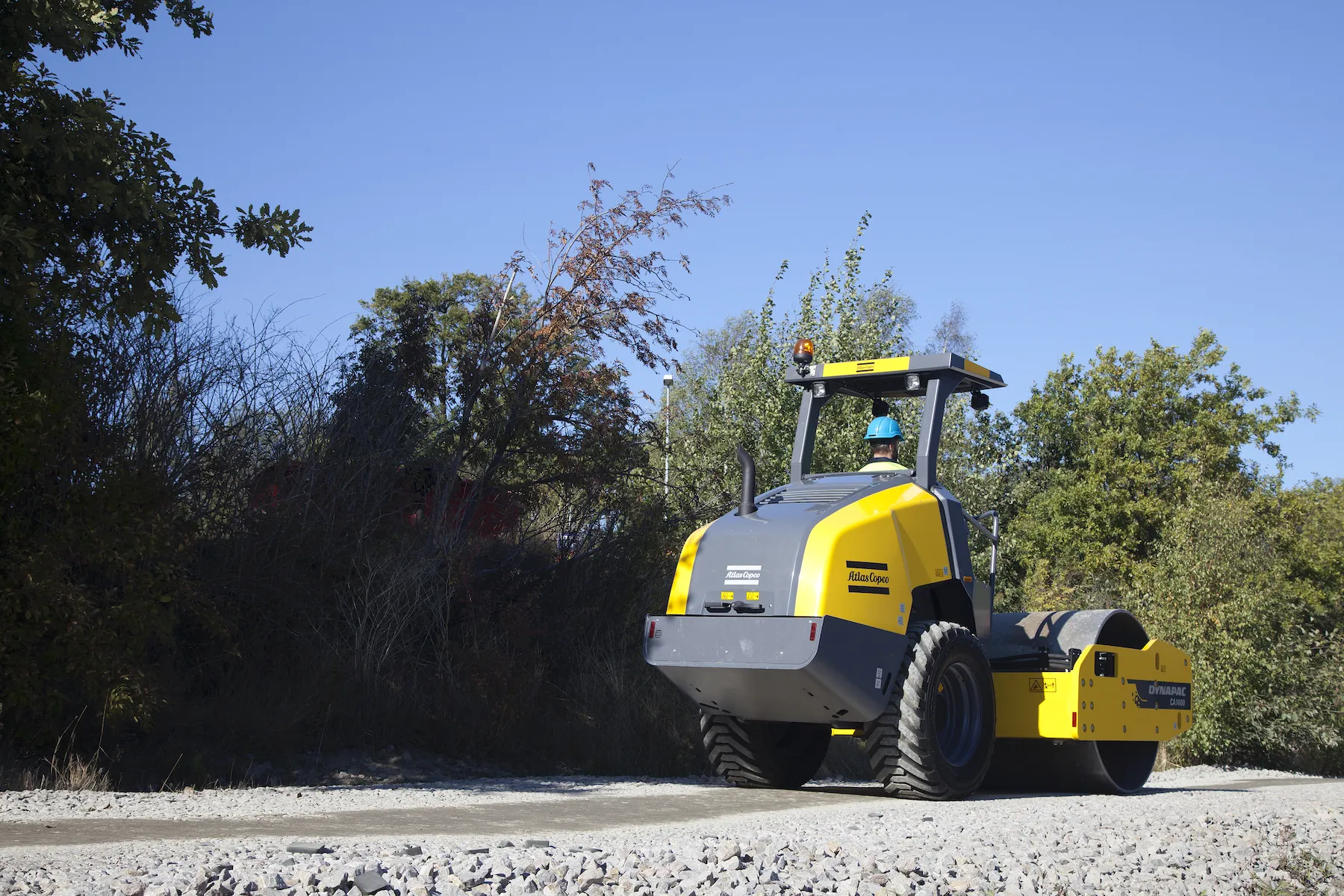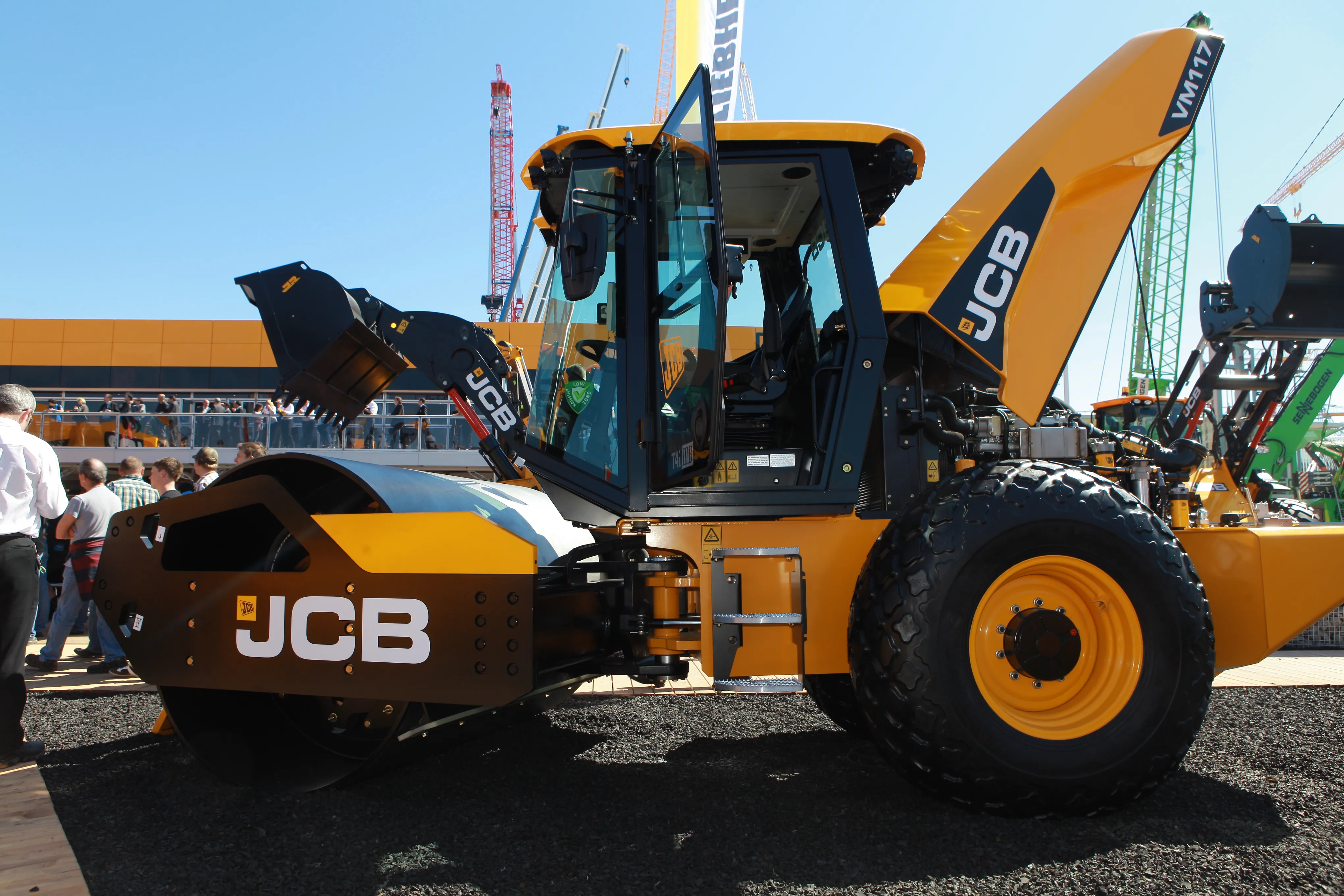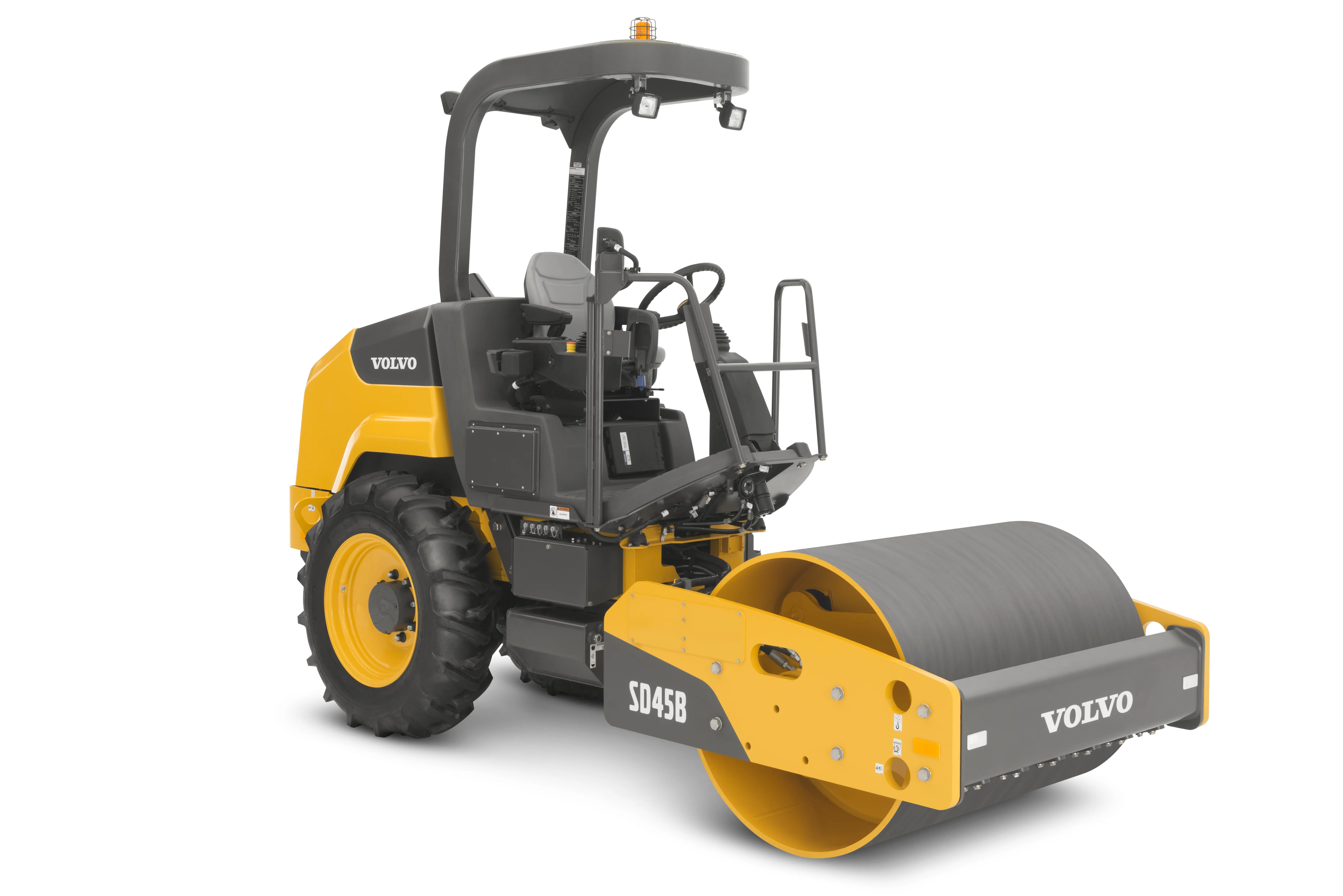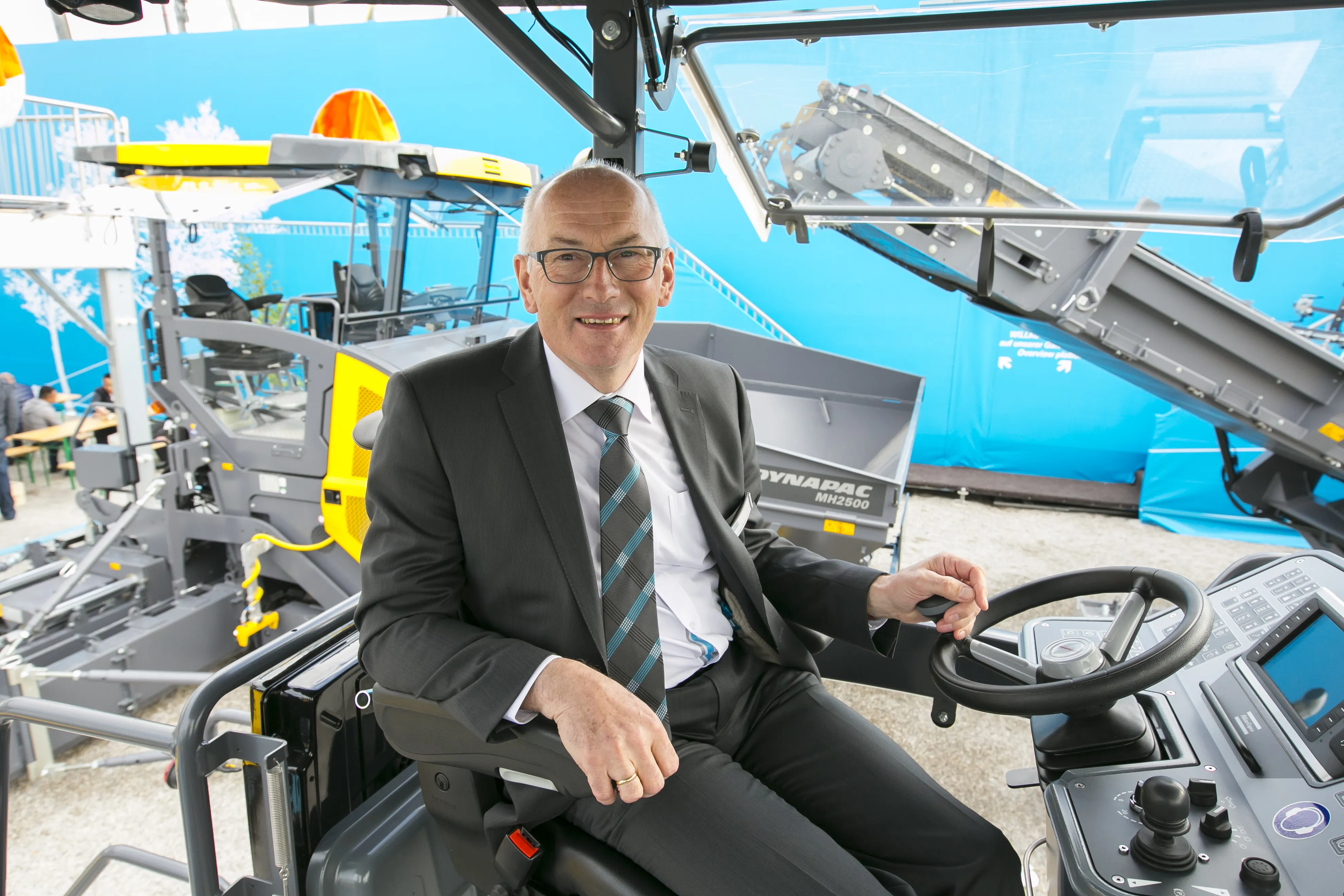Versatility is a key feature of the new Atlas Copco Dynapac CA1400 soil compactor. Designed for compaction operations in pipe trenches, compacting roads, streets, parking lots and pipe trenches. Due to its compact size and manoeuvrability, the model is suited for compaction in cramped spaces in connection with refilling work. Other benefits include manoeuvrability even on steep slopes.
Both the D and PD versions are equipped with pads and drum drive, are suitable for the compaction of silt and clay-type
January 6, 2017
Read time: 2 mins

Versatility is a key feature of the new 161 Atlas Copco 206 Dynapac CA1400 soil compactor. Designed for compaction operations in pipe trenches, compacting roads, streets, parking lots and pipe trenches. Due to its compact size and manoeuvrability, the model is suited for compaction in cramped spaces in connection with refilling work. Other benefits include manoeuvrability even on steep slopes.
Both the D and PD versions are equipped with pads and drum drive, are suitable for the compaction of silt and clay-type soils. The PD version can be equipped with levelling blade and the D version with pad shell.
Compaction width is 1.676m while static linear load is 20kg/cm, allowing compaction of sand and gravel down to 500mm. Two amplitudes are offered of 1.7mm and 0.8mm. The PD version can compact silt and clay to a depth of 450mm.
Power for the machines comes from a1265 Kubota Stage IIIB/Tier4final engine delivering 55kW, with low exhaust emissions and fuel consumption. The engine is transversally mounted for ease of access.
All videos
Both the D and PD versions are equipped with pads and drum drive, are suitable for the compaction of silt and clay-type soils. The PD version can be equipped with levelling blade and the D version with pad shell.
Compaction width is 1.676m while static linear load is 20kg/cm, allowing compaction of sand and gravel down to 500mm. Two amplitudes are offered of 1.7mm and 0.8mm. The PD version can compact silt and clay to a depth of 450mm.
Power for the machines comes from a
All videos








